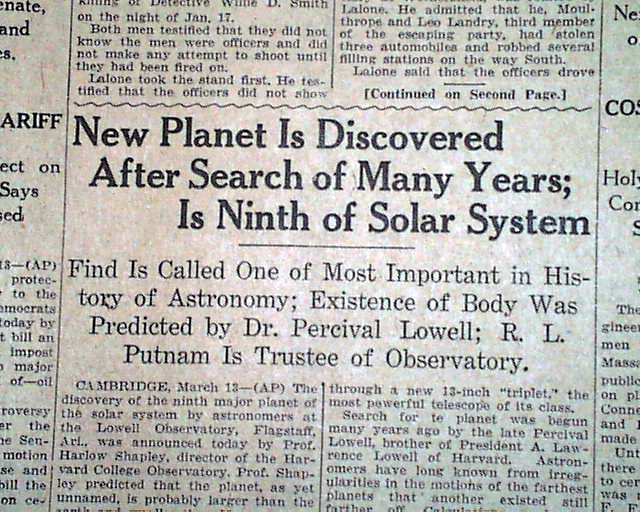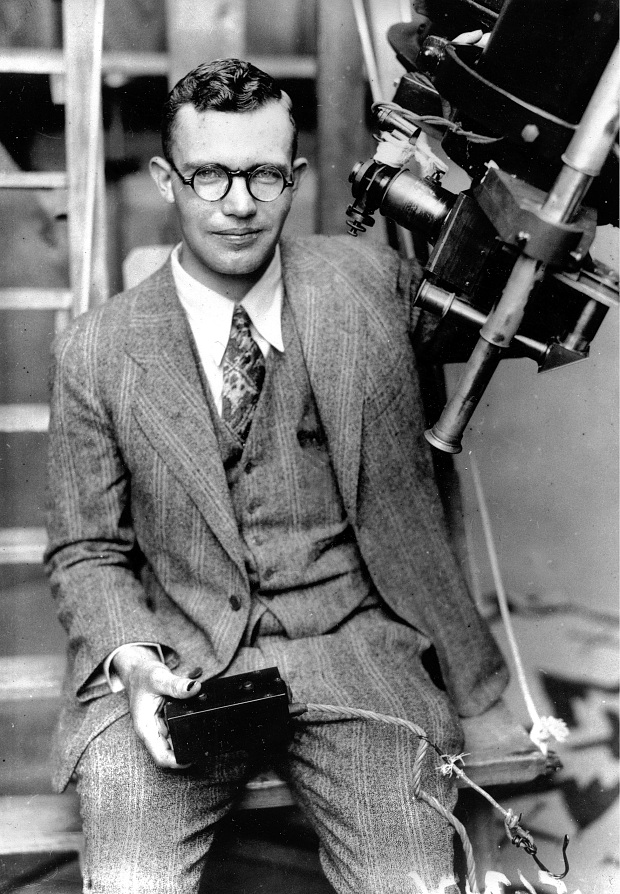1. 2001: NASCAR Legend Dale Earnhardt dies in Crash at Daytona

PHOTO: Wiki

PHOTO: Nydailynews
Dale Earnhardt Sr. had a very particular style of driving throughout his 26 year career in professional stock car racing, or otherwise known as NASCAR racing. That style could be described as “balls to the wall or maybe bat outta hell” which of course is why he had the nickname of “the Intimidator”. Other drivers would cringe when the looked in the rear view mirror and saw that black #3 coming up behind them because they knew he wouldn’t politely ask to get by them around this next corner. See he was also one of the most winning drivers in the History of NASCAR with only legendary Richard Petty having the same high honors. In 2001 when Earnhardt was battling for 3rd place on the last lap of the iconic Daytona 500 he was bumped by another car and ran into the concrete wall at over 185mph. He was pronounced dead on the way to the hospital due to head injuries. His death was the 4th in just a 9 month period of time which prompted major safety changes in NASCAR, specifically the head and neck restraints such as the HANS device becoming a requirement.
2. 1885: Mark Twain publishes The Adventures of Huckleberry Finn in the United States
The Adventures of Huckleberry Finn was first released in the United Kingdom in 1884 and then was brought to the United States on this day in 1885. The book is considered to be one of the great American novels of all time, but in the last 60 years has developed its share of controversy due to its language and potential impression of racism. Its actually a direct sequel to The Adventures of Tom Sawyer and is told in first person by Huck Finn who was the hero of the Tom Sawyer book. But this new novel takes a more serious route focusing on racial issues like slavery.
3. 1930: Pluto is Discovered

PHOTO: Rarenewspapers

PHOTO: Telegraph
On this day, astronomer Clyde W. Tombaugh from the Lowell Observatory in Flagstaff, Arizona discovered what he believed to be the ninth planet in our solar system, Pluto. Using a new astronomic technique of photographic plates combined with a blink microscope and over a decades worth of calculations from Percival Lowell, who was actually the first person to claim that a potential 9th planet even exists, Tombaugh discovered the tiny new distant planet. With a surface temp of -360 F because its over 4 billion miles away from the sun, which means that it takes 248 years to do a single orbit around the sun and the fact that at one point its orbit crosses in front of the 8th planet Neptune, Pluto is one of the most unique planets. In 2006 the International Astronomical Union announced that Pluto would no longer be considered a planet, due to new rules that said planets must “clear the neighborhood around its orbit.” Since Pluto’s oblong orbit overlaps that of Neptune, it was disqualified.



